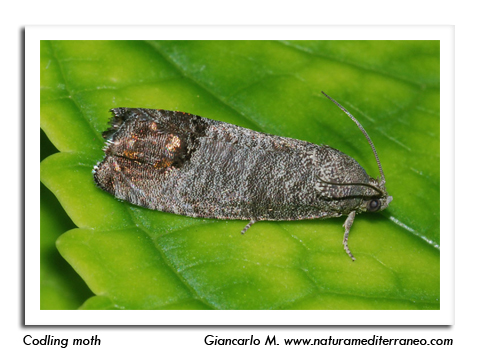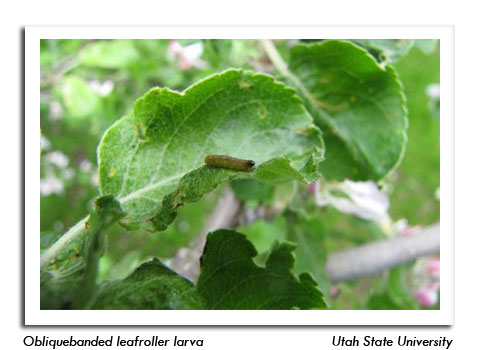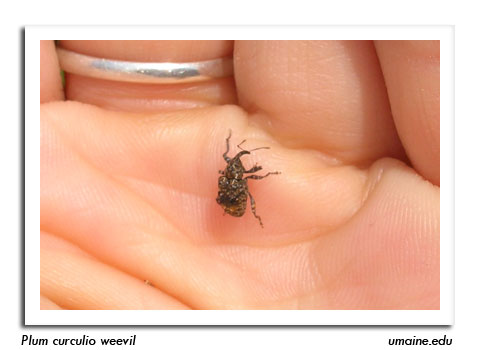
 |
|
|
Fruits
Volume 63 Number 4 Date 05/24/2018 CODLING MOTH - Nine of 27 reporting apple orchards captured their first codling moths of the season between May 17 and 23. Counts varied widely from 1-63 per trap, and only two locations registered a sustained moth flight. Growers should continue checking traps daily until the biofix is established, and make preparations to apply controls at 250 or 350 degree days (modified base 50°F) from their specific biofix date. A first larvicide application made at 250 degree days from the biofix may be considered for orchards with high codling moth pressure. Orchards that register an inconsistent early flight, with a larger flight two weeks after the first biofix, can delay the first spray until 350 degree days post bio-fix. Treatment during these windows is intended to eliminate most of the newly-hatched larvae before they enter fruits. TARNISHED PLANT BUG - Nymphs were noted in alfalfa on May 23, indicating reproduction is underway. Strawberry plants beginning to bloom should be checked weekly for both adults and nymphs. Sprays applied against the small first and second-instar stages are very effective and can eliminate the need for a second treatment. The economic threshold for this insect in strawberries is four per 20 sweeps. ORIENTAL FRUIT MOTH - The first Oriental fruit moths (OFM) of the season also began emerging this week in southern Wisconsin apple orchards. OFM flight usually starts earlier than the codling moth flight. SPOTTED TENTIFORM LEAFMINER - Moth emergence peaked in the last 1-2 weeks and is now declining. Populations in the southern two-thirds of the state consist mostly of first-generation sapfeeder larvae. The scouting procedure for STLM is to sample 10 terminals and fruit spurs per tree on 2-3 trees per orchard block. Sapfeeder mines should be noticeable on the undersides of leaves. The economic threshold is one mine per 10 leaves. OBLIQUEBANDED LEAFROLLER - The spring flight has begun, with low numbers of moths registered in southern and western Wisconsin orchards. Late-instar larvae and rolled leaves are still evident at many sites, signaling that moths should continue to emerge over the course of several weeks. The recommended scouting procedure for OBLR is to begin checking terminals for small larvae 7-10 days after the first moths are captured. Although there is no direct correlation between trap counts and larval populations, scouting is important since orchards that register even low counts (< five moths per trap) can develop significant larval problems a few weeks after a flight has occurred. Control is warranted for populations averaging three or more larvae per tree. PLUM CURCULIO - Adult migration into orchard edges continued this week and early feeding and oviposition scars are appearing on developing fruits. Perimeter applications can be used as an alternative to full cover sprays if injury is limited to the border rows. However, a cover spray is recommended if signs of PC extend beyond the first 4-5 rows of trees. Organic growers have the option of applying SurroundŽ WP (kaolin clay) to orchard blocks. Another control strategy is to leave untreated "trap rows" of early varieties that are treated with an insecticide (e.g. PyGanic) on a warm night when the weevils are most active. Monitoring PC activity is advised until 308 degree days (base 50°F) have accumulated from McIntosh petal fall. The majority of oviposition will have been completed by that point. NEWA - Growers are reminded to routinely check weather data supplied by their local Network for Environment and Weather Applications (NEWA) station for ideal spray application times. Most NEWA stations in Wisconsin are subsidized by the Wisconsin Apple Growers Association. To access your local NEWA station, please see the following link: http://newa.cornell.edu/. -- Krista Hamilton, DATCP Entomologist 





|
|
|